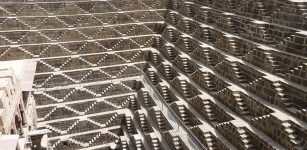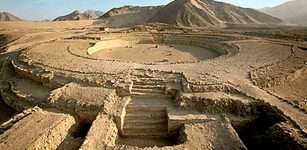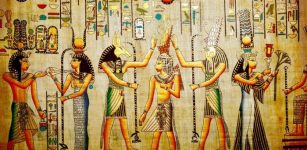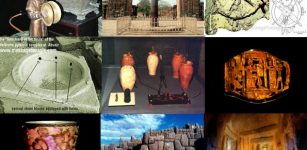World’s Largest Complex Of Borobudur – Spectacular Buddhist Masterpiece
MessageToEagle.com – The magnificent Borobudur is the world’s largest Buddhist shrine. It was constructed in the 8th and 9th centuries AD during the reign of the Syailendra Dynasty, a prominent, Indonesian dynasty that flourished in Java after the fall of the Funan kingdom of mainland Southeast Asia.
The whole temple is in the form of a lotus, the sacred flower of Buddha. Around the circular platforms are 72 openwork stupas, each containing a Buddha statue.
This architectural marvel was constructed when Buddhism and Hinduism were still the dominant religion in the region. Later, the temple was several times buried due to powerful volcanic eruptions. It remained abandoned for several hundred years before its rediscovery by the British in the 19th century.
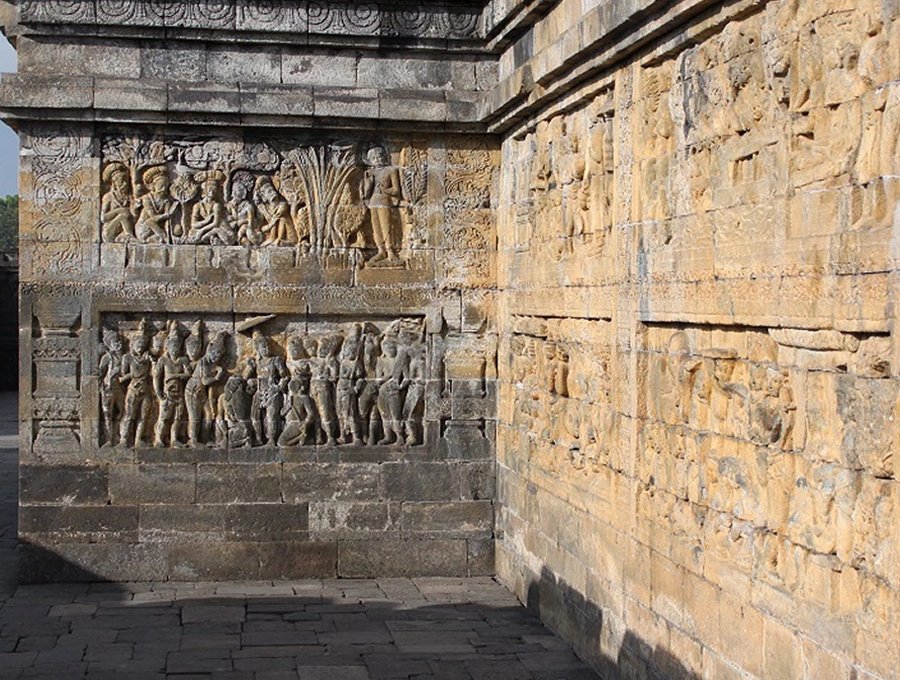
For each direction, there are 1,460 relief scenes and ninety-two Dhyani Buddha statues. (Dhyani’ is derived from the Sanskrit dhyana, meaning “meditation.” )
The monument is located in the Kedu Valley, in the southern part of Central Java, at the center of the island of Java, Indonesia.
The structure, composed of 55,000 square meters of lava-rock is erected on a hilltop and it has a shape of a stepped-pyramid of six rectangular stories, three circular terraces and a central stupa is located at the summit.
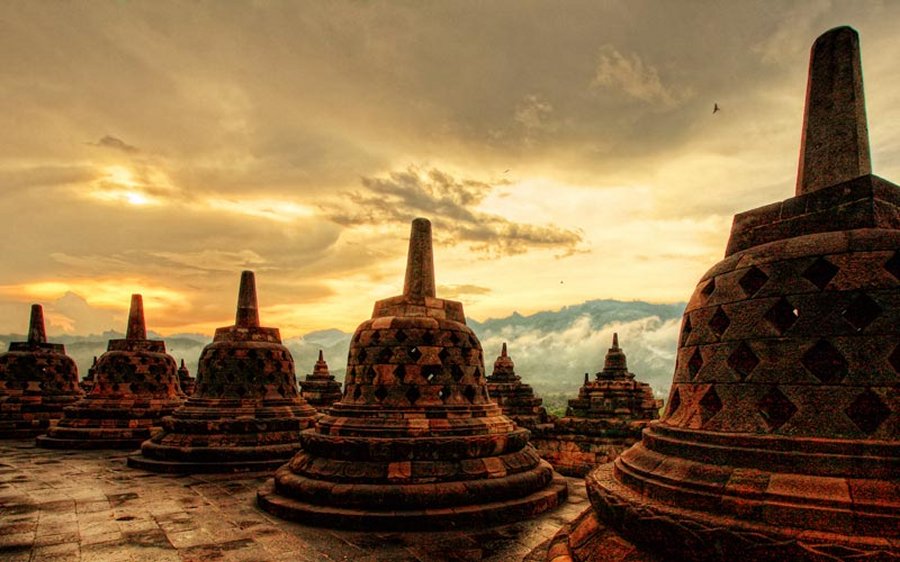
Borobudur covers a huge area, measuring 123 x 123 meters. The perfection of this stone monument is clearly seen in its design and its decoration in form of 2,672 carved relief panels and 504 Buddha statues.
Despite its gigantic size, historical records of its decades-long construction are sparse. The structure, built without using any kind of cement or mortar, and yet, all its parts – hold together, perfectly. The vertical division of Borobudur Temple into base, body, and superstructure is in perfect agreement with the concept of the Universe in Buddhist cosmology – Bhumisambara, Borobudur’s original name.
The shrine was built as a stepped pyramid. At the base of the massive temple, there are reliefs of Karmawibhangga’ – depiction of human life in the endless cycle of death and rebirth (samsara) as well as the law of cause and effect, according to the karmic law.
See also:
8 Remarkable Jain Temples – Marvelous Ancient Architecture And Stone Carvings
These reliefs were carved on all sides over andesite stones. Above the base of the shrine, there are multiple layers of structures which symbolize the world of desires (Kamadhatu) at the low
levels; the world of forms (Rupadhatu) is at the mid-levels, and the so-called formless world (Arupadhatu) is at the upper levels.
To attain enlightenment – means to walk this long path.
MessageToEagle.com

